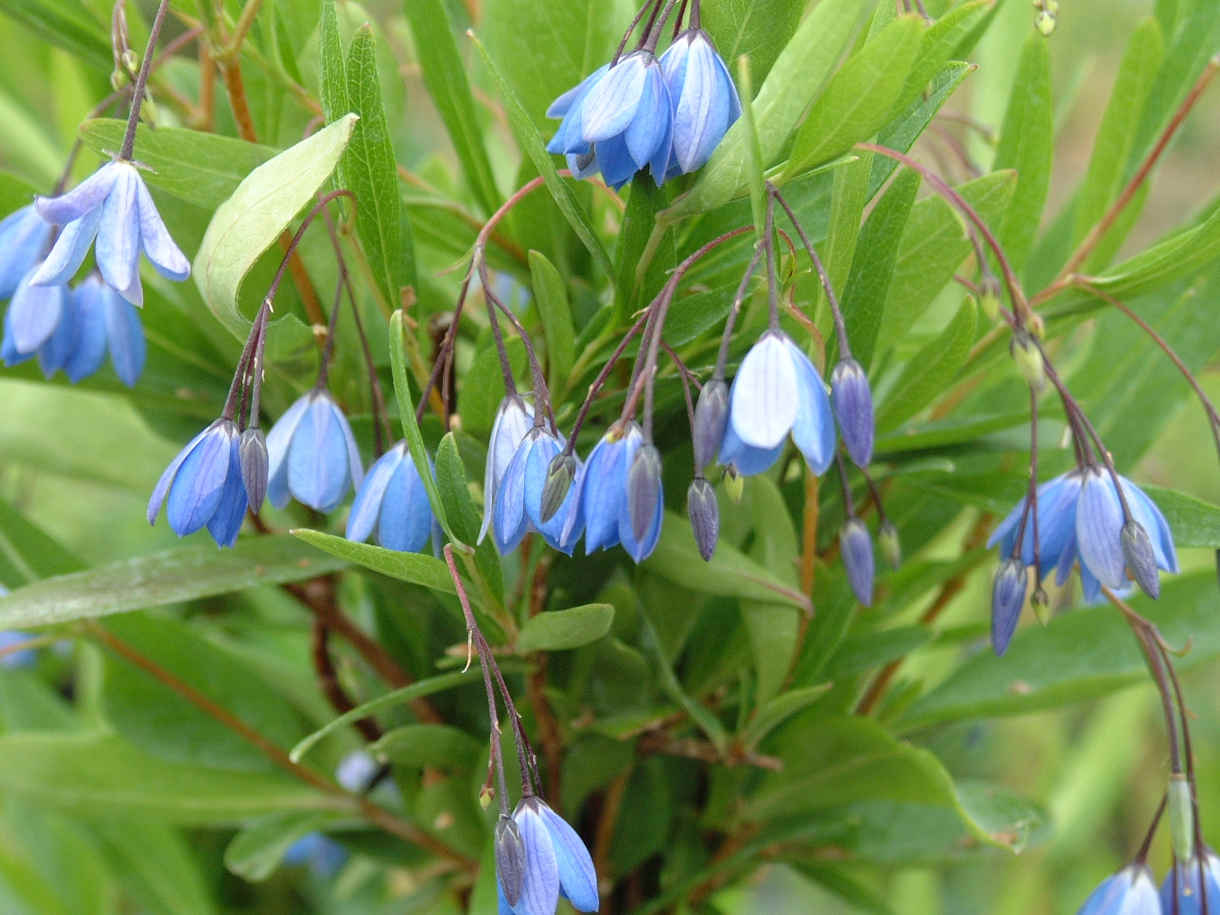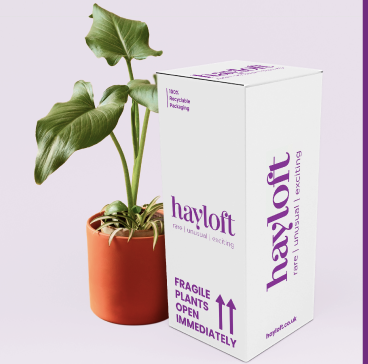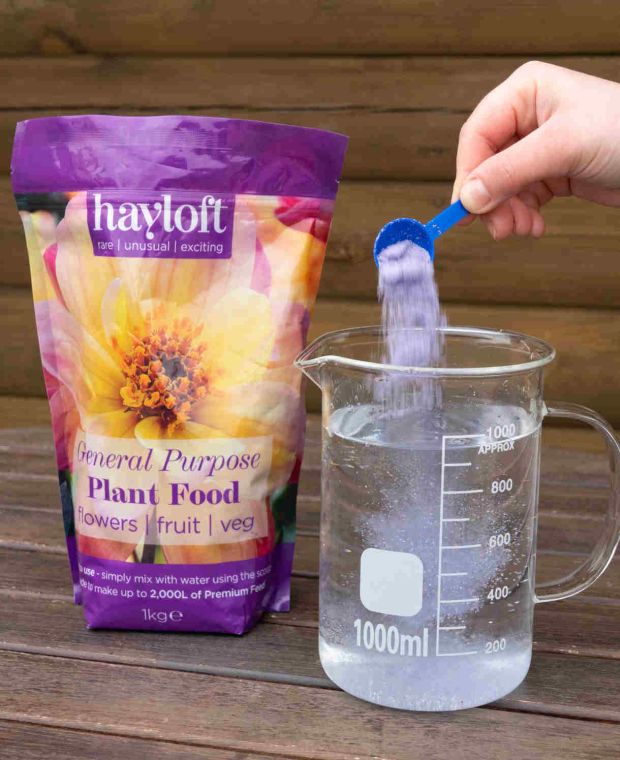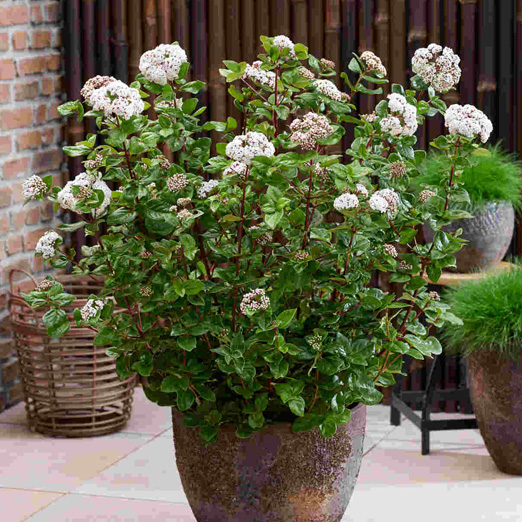How to grow Sollya (Billardiera)
Also known as the bluebell creeper, sollya is a twining, scrambling, evergreen climber from Australia. It is valued by gardeners for its profusion of pretty, bell-shaped flowers from June to September. These are usually blue, though there are also white and pink cultivars available.
Though it is technically now Billardiera having undergone a name change in 2004, like many growers and retailers we continue to use the name our customers are most familiar with. So sollya it remains, though we advise using both when searching in books or online.
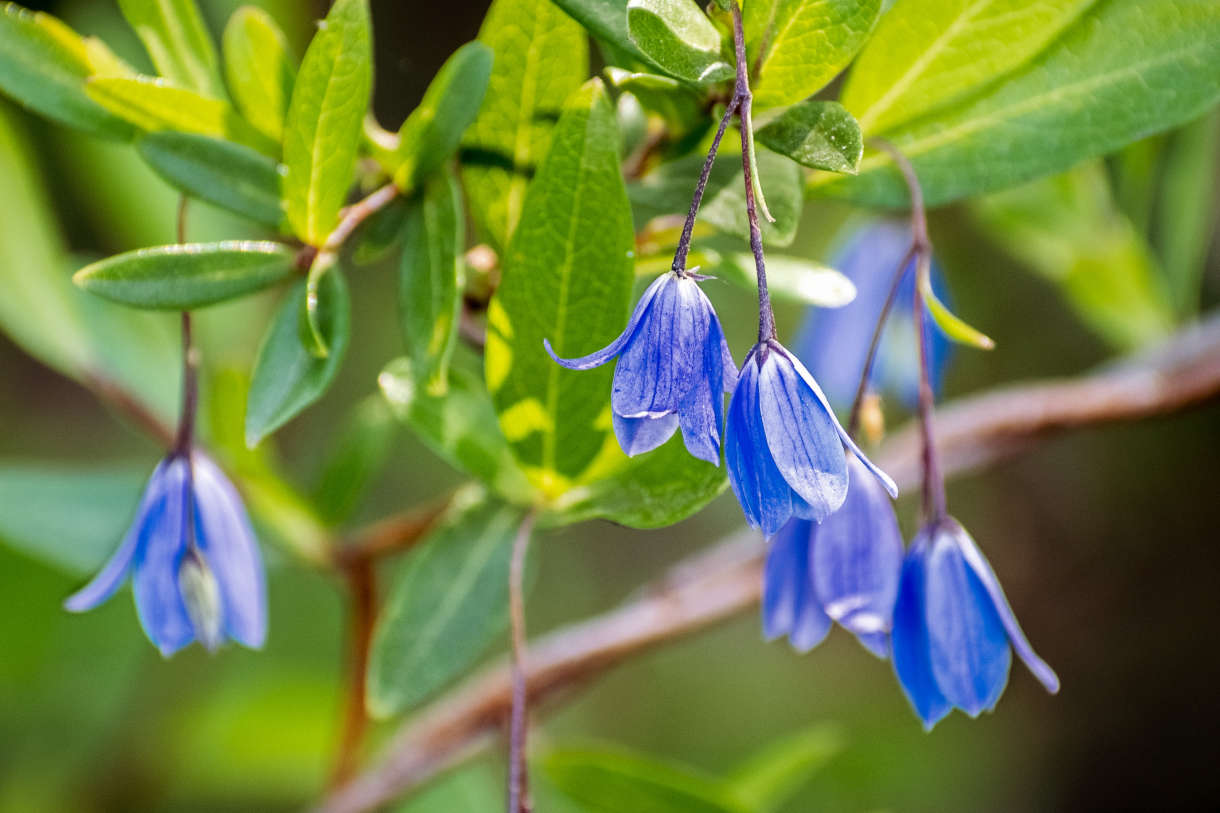
Zantedeschia is a genus of flowering plants from the family Araceae and is native to southern Africa. With a rich history dating back to the Ancient Romans, these deciduous or semi-evergreen perennials have been used as a symbol of celebration. Zantedeschia was Named after Professor Giovanni Zantedeschia, an Italian botanist.
There are two main forms of Zantedeschia: hardy and tender. Hardy forms of the plant can be grown outdoors, enjoy moist soil and full sun or partially shaded conditions - these are known as Arum lilies. Tender forms of Zantedeschia prefer being grown in containers or pots and should be brought inside over the winter - these are known as Calla lilies.
With tuberous flora in all colours from whites, yellows and oranges to deep reds and purples, Zantedeschias are not to be overlooked in any garden, as long as they have sufficient sunlight to grow in.
Ready to learn more about growing Zantedeschia? Read on for all there is to know...
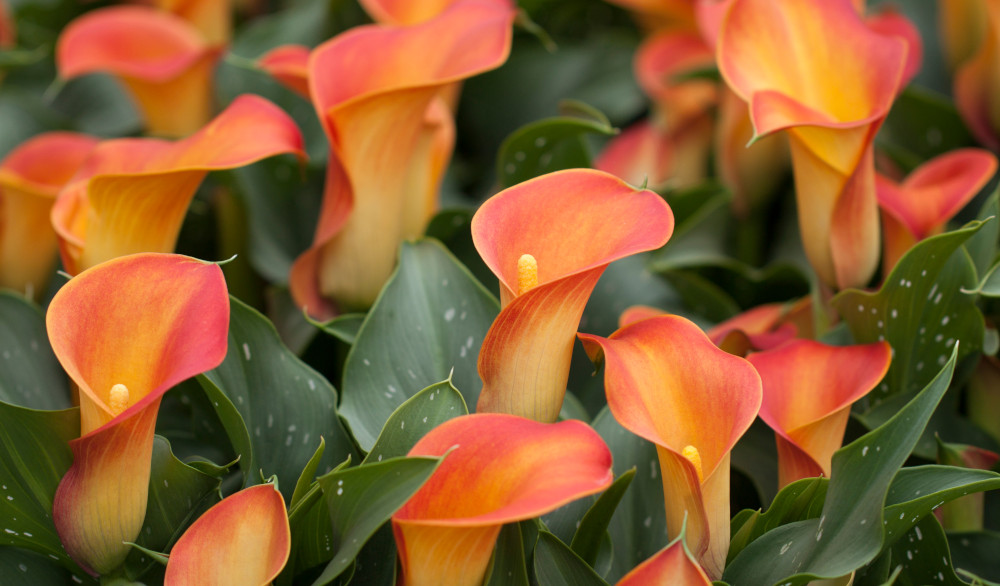
Key Information
Soil pH
Position
Hardiness


Where & when to plant Sollya
Position - Indoors: full light with shade from the hot midday sun, or bright, filtered light.
Outdoors: a sunny spot with some midday shade, or light dappled shade. Always try to ensure shelter from winds.
Soil - In a container: a loam-based compost such as John Innes No. 2
In the ground: moderately fertile, humus-rich, moist but well-draining soil.
Flowering Period - Early summer to early autumn
Hardiness - Half-hardy, rated H3 (minimum temperatures of 1 to -5°C)
Sollya grows naturally in a warm, frost-free climate. Gardeners in the milder, southern half of the UK may get away with growing sollya in the open ground at the base of a warm, sheltered wall, with protective measures taken during winter (see ‘Cold Protection’). Otherwise, it is best to grow this as a greenhouse or conservatory plant (albeit one which may be moved outside for summer), especially in chillier spots and further north. Unlike many climbing plants, sollya is not especially vigorous and is happy to spend life in a container. Try to find a spot with plenty of light though not directly in the midday sun, as sunlight becomes amplified when travelling through glass and can scorch leaves.
If you do intend to have your sollya outside for some or all of the year, take care not to plant or move it out there until all risk of frost has passed. This varies from region to region, though tends to be mid to late May.
Those lucky enough to offer a frost-free microclimate – perhaps in a sheltered coastal or urban location – can grow it outdoors all year round without concern.
How to plant Sollya
- For planting in the garden, it is best to install a support (wires, trellis, arch, pergola etc.) prior to planting. Then dig the soil area removing any large stones and weeds and breaking up any lumps. Now is your chance to mix in some well-rotted organic matter such as manure or garden compost. Rake level and firm with your heels. Rake level again.
- Water your plant well and allow it to drain before planting.
- Dig a hole twice the width of the root-ball.
- Place the plant in the hole, ensuring the top of the root ball sits level with the surface of the soil. Too low and the plant may rot, too high and the roots can dry out.
- Backfill with soil and firm in gently with your foot.
- Insert an angled cane to encourage the plant to grow towards the support. Tie stems to the cane and/ or support using garden twine.
- Soak well with water.
- Mulch around the base with well-rotted organic matter.
- As growth progresses, tie into the supports as required.
- For planting in a container, first choose an appropriately sized pot. The best practice is to start just a few centimetres larger than the rootball and increase in size every year or two. Always ensure there are plenty of drainage holes in the bottom.
- If you are using a large or heavy pot, it can be a good idea to fill and plant it in situ to save yourself the trouble of moving once full.
- Use a loam-based potting compost with a little horticultural grit mixed in, and, if not already present in the compost (check the description on the bag) some slow-release fertiliser granules.
- Start by partially filling the pot with compost; enough so that when placed on it the upper surface of the root ball is about 3 centimetres lower than the top of the pot.
- Infill all the space surrounding the root ball with compost, firming down with your fingers then adding a little more so the plant is held tight.
- Pick up the container and lightly tap on the potting bench or ground a few times to help further settle the compost around the plant.
- In you’re using an obelisk (useful in making container-grown climbing plants portable), insert this into the pot now. Any stems long enough can be tied to the support using garden twine.
- Soak well with water.
- A mulch with horticultural grit will look attractive and help to prevent a ‘cap’ or crust forming on the top of the compost (something container plants can suffer due to the artificial nature of their watering).
- As growth progresses, tie into the supports as required.
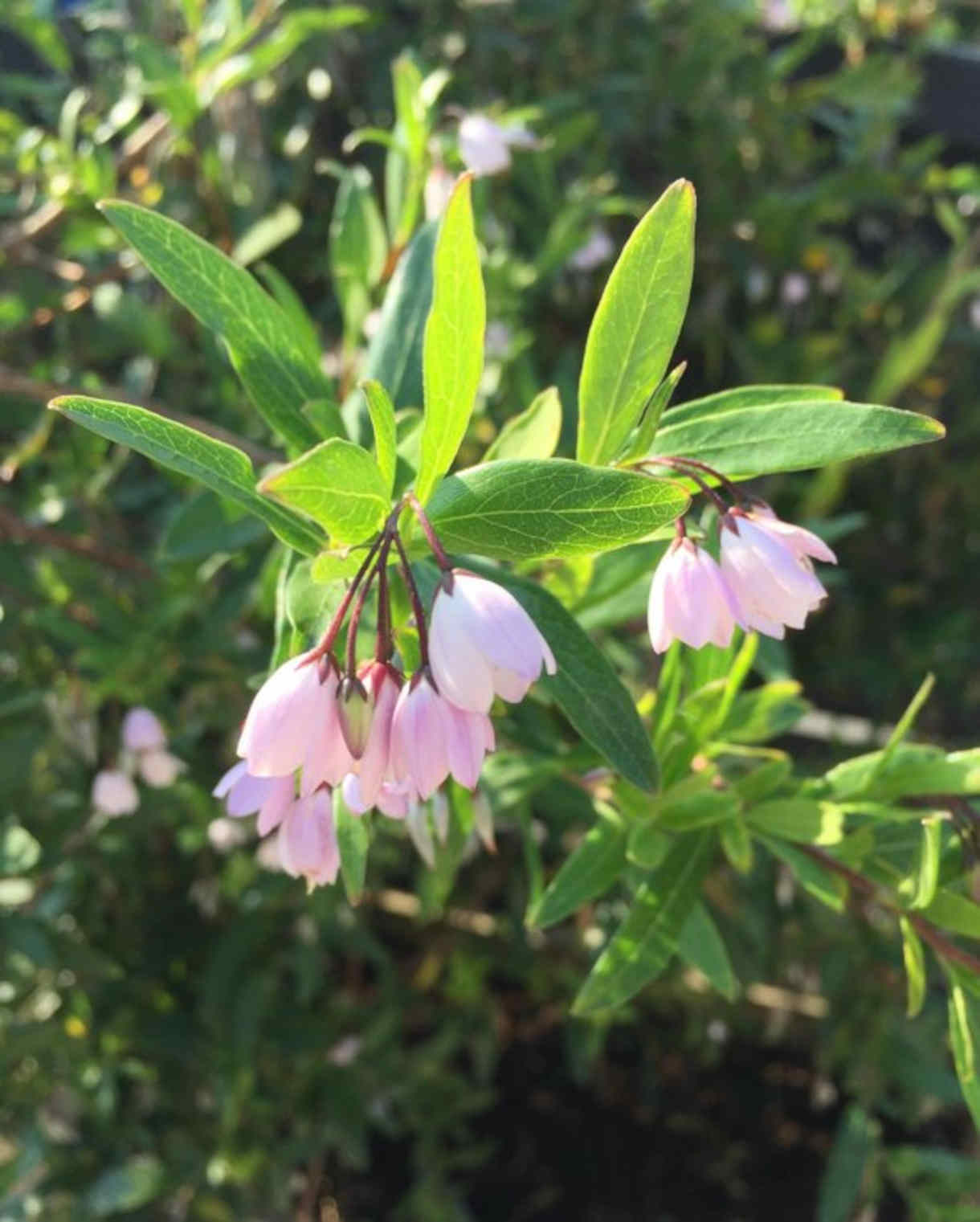
What to plant with Sollya
If you have the sheltered, mild conditions needed to grow sollya, a host of other half-hardy climbers is also at your fingertips. Whether clothing a warm, sunny wall or transforming a greenhouse or conservatory into a verdant paradise, plants such as hardenbergia, abutilon, plumbago, and cestrum make perfect companions.
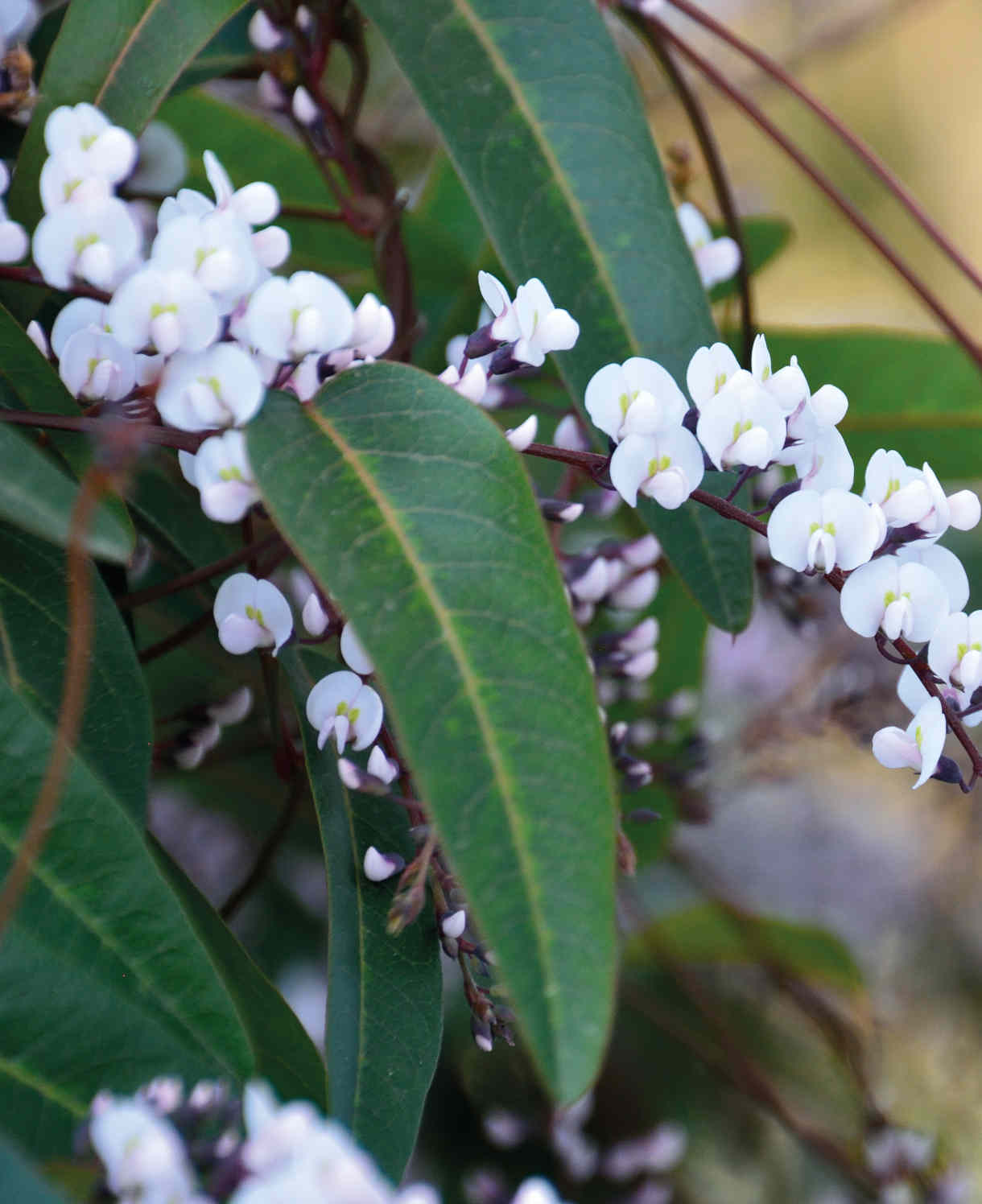
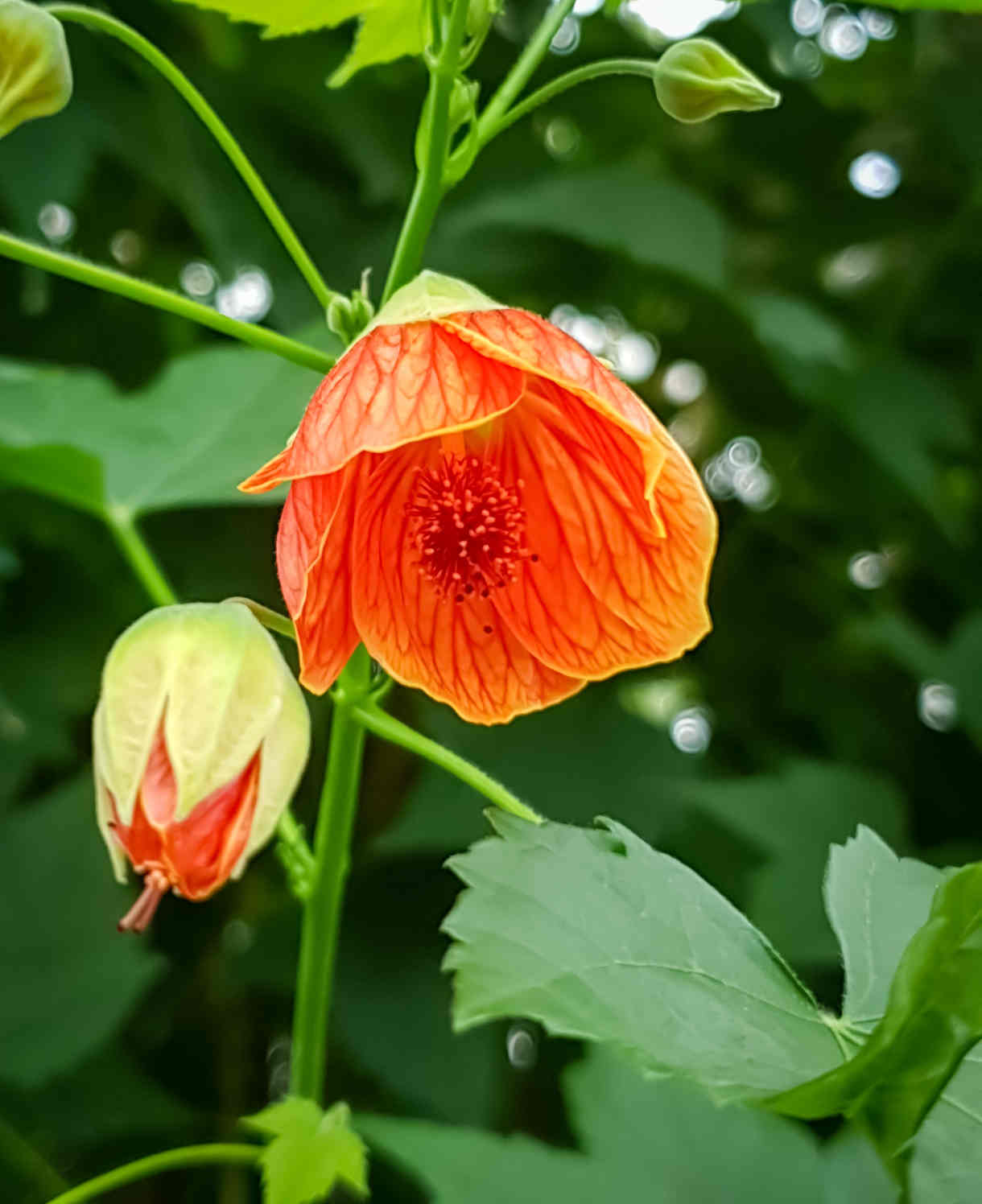
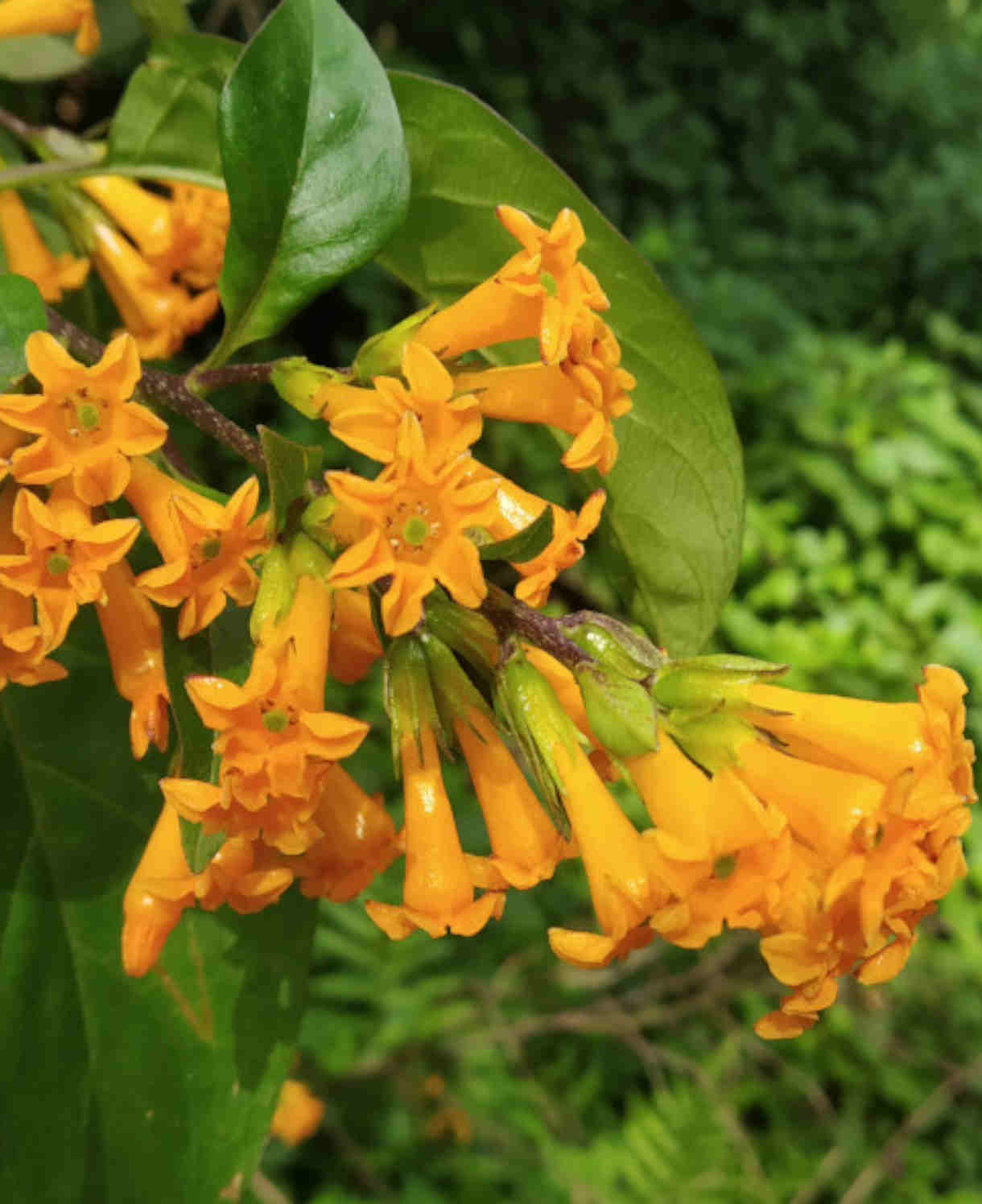
How to care for Sollya
Pruning and Deadheading
Sollya falls into the RHS pruning group 12. This means that, unless you are happy to let it run free over a large area, it is best to prune it annually in late winter or early spring. Not only will this keep it in check, but it also promotes bushier and more floriferous growth.
Shorten any sideshoots to 3 to 4 buds from the main framework, removing any dead, diseased, damaged, or overcrowded shoots whilst you’re at it.
Watering
As a general rule, the watering needs of a container plant can be identified by its size and rate of growth. Large, vigorous plants tend to be thirsty and can be watered freely, while smaller or more slow growing plants require a little more restraint. As a not-very-vigorous plant, sollya falls into the latter camp. Water only once the top few centimetres of compost have become dry, giving a big, thorough soak when you do so (this is preferable to the ‘little and often’ approach). Scale the watering right back during the cooler months, applying just enough to prevent the compost drying out completely.
In the ground, soak sollya on initial planting and then a handful more times over the first growing season. After this it should be largely self-sufficient, particularly when given an annual mulch (see next section).
Feeding
Container-grown plants rely almost entirely on the gardener for nutrition. Get off to a flying start by making sure you use a good quality, loam-based compost containing slow-release fertiliser granules, and then apply a monthly dose of balanced liquid feed throughout the growing season. Repotting every few years into fresh compost is also beneficial, and when this is no longer feasible we suggest you carry out a topdress each spring. Simply scrape away the top 5 centimetres of compost and replace with fresh, settling everything in with a good soak of water. Always remember to include slow-release granules in your fresh compost.
In the open ground, an annual mulch of well-rotted organic matter (i.e., a layer of manure or garden compost applied to the soil around the plant) should provide adequate nutrients for your sollya. This has the added benefits of suppressing weeds and locking in moisture, and can be done in either autumn or spring.
Cold Protection
If you are growing your sollya in the open ground (remember, this is only advisable in mild, sheltered spots), there are a few extra measures you can take to help it survive winter outside. A thick, dry mulch covering the roots in autumn will help protect against the cold and wet (bark chips, straw, bracken, or grit all work well), and a sheet of horticultural fleece or old bedsheet can be used to protect top growth whenever a cold snap is expected.
Container-grown sollya will need to be overwintered in a protected, frost-free environment such as a greenhouse, conservatory, or sunny porch. If your plant is spending the summer outside, move it indoors in early autumn.
Pests and Diseases
Outdoors, sollya tends to be trouble-free. Indoors, red spider mites can be an issue. Keeping indoor plants as healthy as possible is the key to warding off such problems, and by this we mean proper ventilation, adequately spaced plants (for good air flow), keeping everything well-watered and fed, and repotting into larger containers when necessary. A summer spell outdoors can be effective in clearing up any issues, and thoroughly cleaning the indoor environment every winter can help to remove overwintering populations of the pests.
Where infestations do take hold, try introducing biological controls (often sachets or tubes containing miniscule natural predators), or in the worst cases, remove the affected plant/s altogether.
How to propagate Sollya
Sollya is best propagated by softwood cuttings in late spring or early summer:
· Look for current year’s growth which is firm and woody at the base, while still soft and pliable at the tip. You’re aiming for a cutting of 10 centimetres or less (any longer and they are more likely to dry out and fail). For best results, choose stems where the leaf nodes are close together rather than far apart.
· Using a sharp knife or secateurs, sever the cutting from the plant and put in a plastic bag straight away.
· Fill a pot (or several, if you have a lot of cuttings) with a perlite-heavy compost mix (at least 50% perlite).
· Trim the end of the cutting to just below a node (point at which leaves grow).
· Remove lowest leaves and soft tip, leaving 2-4 leaves.
· If the remaining leaves are large, cut them in half with a sharp knife to reduce water lost through transpiration.
· Insert the cuttings into the compost and water lightly. Several cuttings can be put in the same container if there is enough space to do this without them touching.
· Place in a greenhouse or propagating unit if you have one, or covered with a plastic bag on a windowsill if not (out of direct sunlight).
· Keep the cuttings misted and occasionally watered until they root. You will know this has happened when roots emerge out of the bottom of the container, which should take around 6 to 8 weeks.
· Gently remove rooted cuttings and pot them into individual pots. Grow on in a cool yet frost-free environment such as an unheated conservatory, greenhouse, or cold frame, until they are large enough to be potted or planted as above.
* Many plants carry Plant Breeders Rights and cannot be propagated for commercial purposes.
Common Sollya Questions
· How hardy is sollya?
This is a half-hardy plant which struggles much below 0°C.
· Is bluebell creeper poisonous to dogs?
Sollya has no reported toxic effects on either animals or people.
· Where might I have seen sollya before?
Sollya is a popular landscaping plant in Australia and California, where it grows so well it is sometimes considered a weed!
· What plant family is sollya in?
Sollya belongs to the pittosporum family, Pittosporacae.
